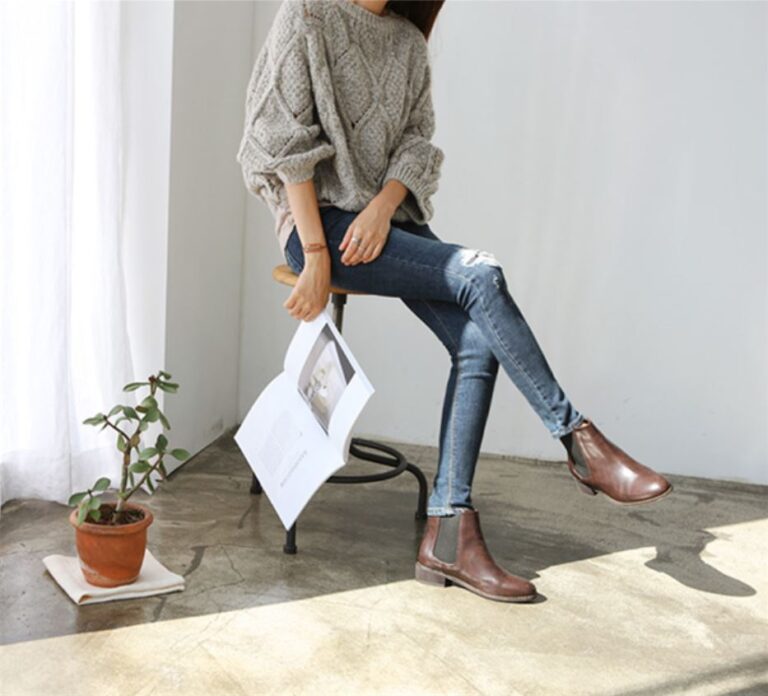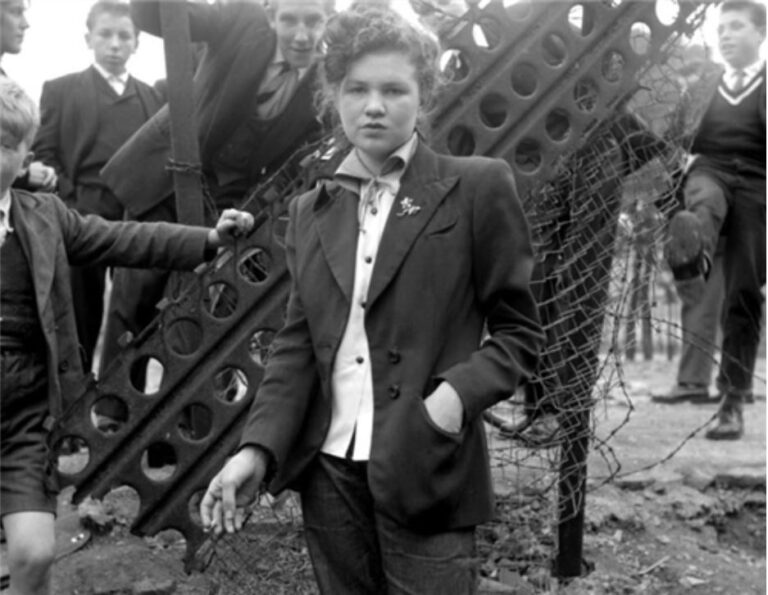There are plenty of practical reasons to decorate with neutral colors. The shades we think of as neutral – whites, beiges, tans – don’t clash with anything. They are calm, soothing and never go out of style.
There’s just one problem. Beiges and neutrals can be super boring! To solve that dilemma, designers have a simple trick for making an entirely neutral room feel as edgy and exciting as one filled with bold colors.
Bring in the only neutral color that isn’t bland: Black.
Mixing in the right amount of black accents, print fabrics or furniture can make the white, beige or tan shades in a room look more interesting, putting them in the spotlight.
But, how much black is too much?
GET CREATIVE
You don’t need an entirely black wall or a solid black sofa. Start by adding things like print fabrics that include black. There’s something about a fabric when it’s grounded with a little bit of black in it – It just becomes chic.
For an extra pop try adding black metal accents on light fixtures. Consider a black lamp shade on a lamp with an antique brass metal base, finished with a black braided electrical cord. We love the black linen chandelier shade set from Pottery Barn!
Art is also a great way to use neutrals in a one-of-kind manner. Try mixing modern pieces with traditional oil portraits. When you choose dark oil portraits and hang them on light neutral walls, the juxtaposition of the light and the heavy is fantastic.
One thing to avoid: photos in black frames. They’re overdone, and white frames do a better job of spotlighting photos.
MAKING BLACK LESS INTENSE
A sleek, shiny, black dining table or black grand piano conveys drama and elegance. But even if your decorating style is more casual — maybe farmhouse chic or beachy — you can still make black work.
Black doesn’t have to be uptight. We love distressed, rubbed finishes, which can make a piece of black wood furniture feel “really farmy or beachy and casual.” Especially if you use it with oatmeals and pale blues. Try Pottery Barn’s Dawson media console!
GET YOUR BEIGES RIGHT
Beige and black can be wonderful together, or awful if you use the wrong shade of beige.
Most people have an aversion to beige because of the super yellowy, flesh-toned beige that was popular mixed with mauve and brass in the 1980s. But if you’re going to do beige, stick with sand tones that have a lot of white in them. The absence of yellow makes the color much lighter and even beachy.
Another way to make beige work: Use a mix of pale gray and beige, known as “greige.” It’s a good alternative to white. It’s warmer than a true white or ultra-white, so it doesn’t come across as clinical or sterile.





















